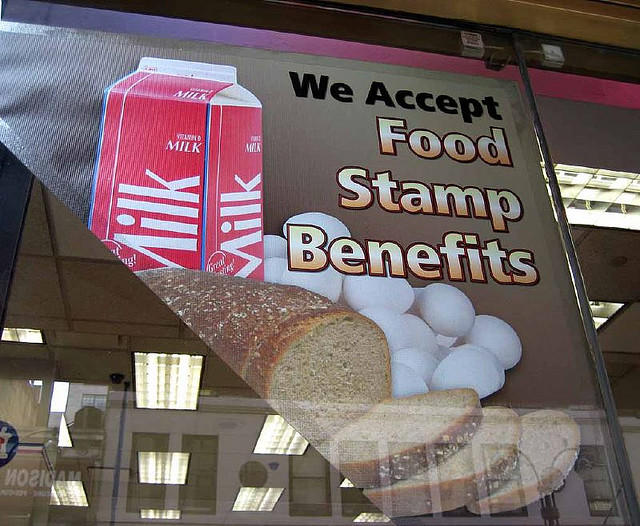
Section Branding
Header Content
Hunger In Georgia
Primary Content

Georgia is one of the states with the highest number of people who go hungry. That’s according to new federal statistics. Many of the families affected skip meals or don’t have enough food for all members of the household.
Hancock, Telfair, Clay and Warren counties have the highest percentage of residents who don’t always get enough to eat.
Overall, 20 percent of Georgians – or nearly 2 million people – are what the federal government calls “food insecure.”
And that means households that cannot always provide enough food for everyone in the family to eat three square meals a day.
Bobby Kent runs the food bank at the Hancock Helping Hands Crisis Center in Hancock County. He says there’s a reason many residents go hungry in this central Georgia county, south of I-20.
“We have no industry in Hancock County,” he said in a phone interview. “We don’t have anything that gives people jobs. We had a furniture factory – it moved. We had a pants factory – it moved.”
Kent said many families in the county have been poor for decades. Visitors to his food pantry may have relied on it as children, with their parents and grandparents too poor to survive without handouts.
Ross Frazer is with Feeding America in Chicago, which provided the county-by-county data on food insecurity. He says in some states cited in the study, incomes are lower across the board. But hungry families in a state like Georgia sometimes hide in plain sight.
“In states that are more diverse like Georgia where you have poor rural areas within the state as well as thriving cities like Atlanta, you’re going to see a mixture of people who are well-off, who are food secure, who have nice homes and good jobs as well as people at the very bottom of the economic spectrum,” he said.
Hunger among children is even more pervasive in Georgia. Nearly 30 percent of the state’s children, or 700,000 kids, are sometimes hungry or don’t have regular access to nutritious food.
Nationwide, nearly 15 percent of American households sometimes don’t have enough to eat. That statistic is largely unchanged from when the recession began in 2008.
Tags: Hunger, Map the Meal Gap, Feeding The Hungry, people who go hungry, skipping meals, food security
